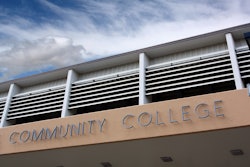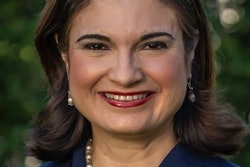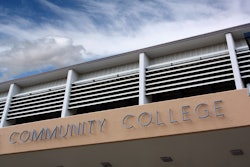America’s colleges and universities differ in many ways. Some are
public, others are independent; some are large urban universities, some
are two-year community colleges, others small rural campuses. Some
offer graduate and professional programs, others focus primarily on
undergraduate education. Each of our more than 3,000 colleges and
universities has its own specific and distinct mission. This collective
diversity among institutions is one of the great strengths of America’s
higher education system, and has helped make it the best in the world.
Preserving that diversity is essential if we hope to serve the needs of
our democratic society.
Similarly, many colleges and universities share a common belief,
born of experience, that diversity in their student bodies, faculties,
and staff is important for them to fulfill their primary mission:
providing a quality education. The public is entitled to know why these
institutions believe so strongly that racial and ethnic diversity
should be one factor among the many considered in admissions and
hiring. The reasons include:
* It enriches the education experience: We learn from those who
experiences, beliefs, and perspectives are different from our own, and
these lessons can be taught best in a richly diverse intellectual and
social environment.
* It promotes personal growth — and a healthy society: Diversity
challenges stereotyped perspectives, encourages critical thinking, and
helps students learn to communicate effectively with people of varied
backgrounds.
* It strengthens communities and the workplace. Education within a
diverse setting prepares students to become good citizens in an
increasingly complex, pluralistic society; fosters mutual respect and
teamwork; and helps build communities whose members are judged by the
quality of their character and their contributions.
* It enhances America’s economic competitiveness: Sustaining the
nation’s prosperity in the twenty-first century will require us to make
effective use of the talents and abilities of all our citizens in work
settings that bring together individuals from diverse backgrounds and
cultures.
American colleges and universities traditionally have enjoyed
significant latitude in fulfilling their missions. Americans have
understood that there is no single model of a good college, and that no
single standard can predict with certainty the lifetime contribution of
a teacher or a student. Yet, the freedom to determine who shall teach
and be taught has been restricted in a number of places, and come under
attack in others. As a result, some schools have experienced
precipitous declines in the enrollment of African American and Hispanic
students, reversing decades of progress in the effort to assure that
all groups in American society have an equal opportunity for access to
higher education.















